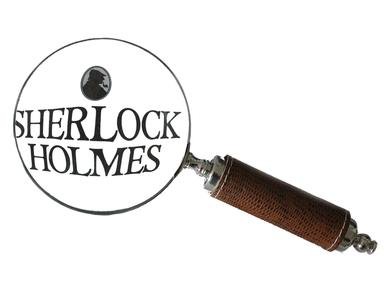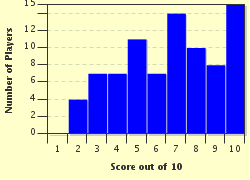Quiz Answer Key and Fun Facts
1. What was Moriarty's first name?
2. In how many of Conan Doyle's tales (56 short stories and 4 novels) does Moriarty appear, or is he referred to?
3. Of which discipline was Moriarty a professor?
4. According to Conan Doyle, how many brothers did Moriarty have?
5. Who is Moriarty's main assistant in his criminal activities?
6. A particular weapon, made to Moriarty's order, is mentioned by Conan Doyle as being used by his main assistant to commit murder. What was it?
7. In "The Valley of Fear", during an effort to convince Inspector MacDonald of Moriarty's involvement in crime, Holmes mentions Moriarty's official annual salary which "can be ascertained in several trustworthy books of reference". How much is it?
8. How did Holmes describe Professor Moriarty?
9. At the age of twenty-one Moriarty wrote a treatise which won him European fame. What was its subject?
10. Moriarty is eventually defeated and killed. How did he ostensibly die?
Source: Author
Charlesw321
This quiz was reviewed by FunTrivia editor
looney_tunes before going online.
Any errors found in FunTrivia content are routinely corrected through our feedback system.

